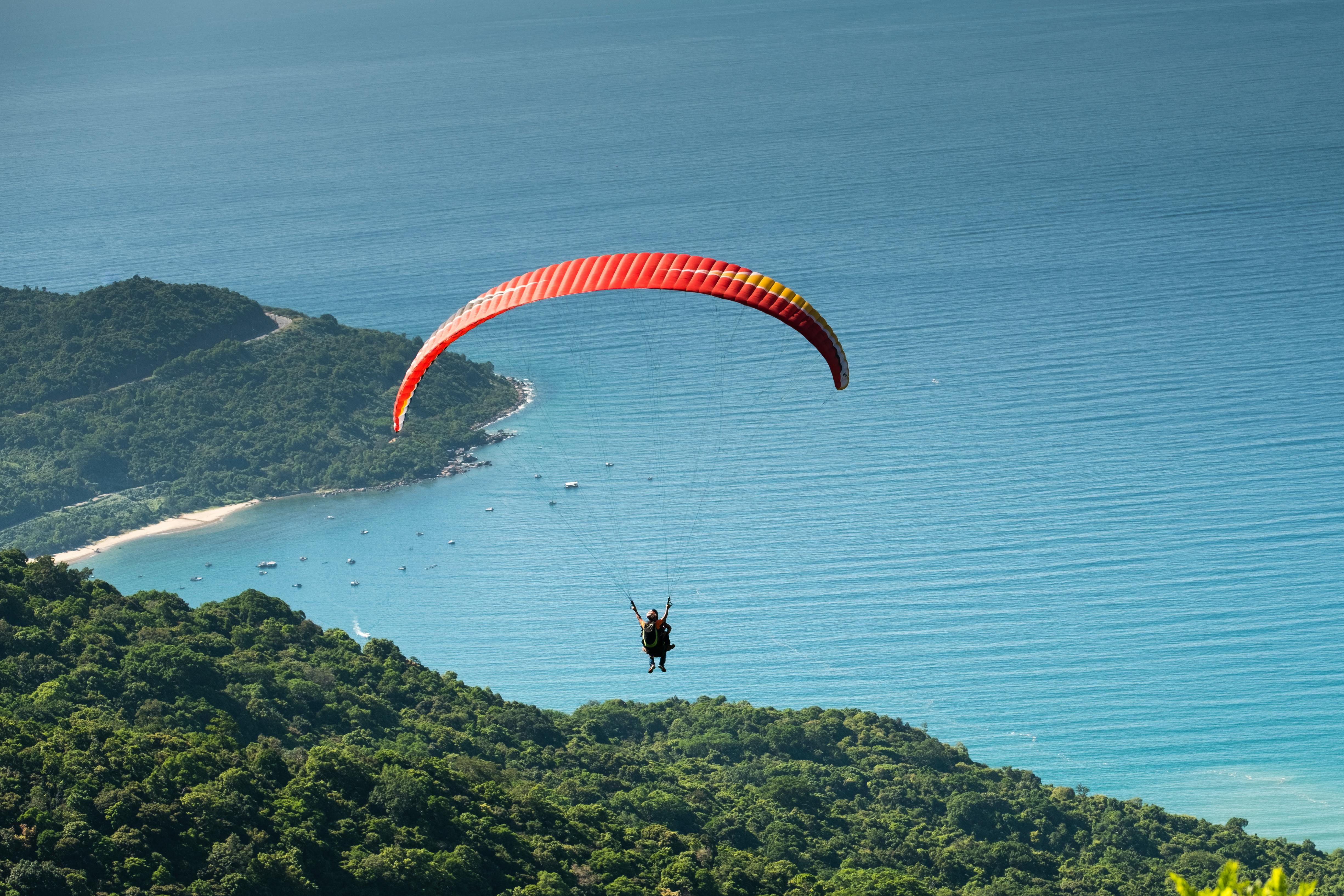Explore Tenerife: Top Holiday Ideas on the Canary Island
Tenerife, the largest of Spain's Canary Islands, offers a remarkable blend of volcanic landscapes, sunny beaches, vibrant culture, and year-round pleasant weather. Whether you seek adventure in nature, relaxation by the sea, or immersive cultural experiences, this Atlantic island provides diverse options for every type of traveler. From the dramatic peaks of Mount Teide to the charming coastal towns and lush forests, Tenerife presents countless opportunities to create memorable holiday experiences.

Tenerife stands out as a destination that caters to various travel preferences throughout the year. Its unique geographic position off the coast of West Africa grants it a subtropical climate, making it an attractive escape regardless of season. The island’s diverse terrain ranges from arid southern coastlines with golden beaches to verdant northern regions filled with laurel forests and dramatic cliffs.
What Makes Tenerife a Unique Travel Destination
The island’s volcanic origins have shaped its distinctive character. Mount Teide, Spain’s highest peak at 3,718 meters, dominates the landscape and serves as the centerpiece of Teide National Park, a UNESCO World Heritage Site. The park’s lunar-like terrain, formed by centuries of volcanic activity, creates an otherworldly atmosphere that attracts hikers, photographers, and nature enthusiasts. Beyond the volcano, Tenerife offers contrasting microclimates, allowing visitors to experience multiple environments within short distances. The northern regions receive more rainfall, supporting lush vegetation and traditional agriculture, while the southern areas provide sun-soaked beaches and resort facilities.
Top Activities and Attractions in Tenerife
Outdoor enthusiasts find numerous opportunities for adventure across the island. Hiking trails wind through ancient forests in Anaga Rural Park, where endemic plant species thrive in misty conditions. Coastal paths offer spectacular ocean views, particularly along the rugged cliffs of Los Gigantes. Water sports flourish in Tenerife’s clear Atlantic waters, with opportunities for surfing, diving, snorkeling, and whale watching. The waters surrounding the island host resident populations of pilot whales and dolphins, making marine excursions particularly rewarding. For those preferring cultural exploration, historic towns like La Laguna showcase colonial architecture and traditional Canarian life, while local markets provide authentic culinary experiences featuring fresh seafood, tropical fruits, and regional wines.
Planning Your Tenerife Holiday Experience
Timing your visit depends on your priorities. Peak tourist season runs from December through March when northern European visitors seek winter sun, though this period also brings higher accommodation costs and crowded attractions. Spring and autumn offer pleasant temperatures with fewer crowds, making these shoulder seasons ideal for exploring natural sites and enjoying outdoor activities. Summer attracts families during school holidays, particularly in July and August. Accommodation options span from luxury resorts in the south to rural guesthouses in the north, with coastal towns like Puerto de la Cruz and Costa Adeje providing convenient bases for exploration. Transportation around the island is straightforward, with rental cars offering the most flexibility for reaching remote areas, though public buses connect major towns and tourist sites reliably.
Where to Stay and What to Expect
Accommodation choices reflect the island’s diverse character. Southern resorts concentrate around Playa de las Américas and Los Cristianos, offering all-inclusive packages, beachfront hotels, and apartment complexes suited for families and sun-seekers. Northern areas like Puerto de la Cruz provide a more traditional atmosphere with historic hotels and proximity to natural attractions. Rural tourism has grown in popularity, with restored farmhouses and country estates in the island’s interior offering peaceful retreats surrounded by nature. When selecting accommodation, consider proximity to your planned activities, as travel times between regions can vary despite the island’s relatively compact size.
| Accommodation Type | Location Examples | Typical Features |
|---|---|---|
| Beach Resort | Costa Adeje, Playa de las Américas | Pools, restaurants, beach access |
| Historic Hotel | Puerto de la Cruz, La Laguna | Traditional architecture, cultural proximity |
| Rural Guesthouse | Teide foothills, Anaga Mountains | Natural surroundings, authentic experience |
| Apartment Complex | Los Cristianos, El Médano | Self-catering, flexible stays |
Culinary Experiences and Local Culture
Tenerife’s cuisine reflects its geographic position and agricultural heritage. Traditional dishes feature fresh fish, locally grown potatoes (papas arrugadas), and mojo sauces made from peppers, garlic, and herbs. The island produces its own wines, particularly in the Orotava Valley and Güímar regions, where volcanic soil imparts distinctive mineral qualities. Local markets, such as those in La Laguna and Santa Cruz, offer opportunities to sample regional products and interact with vendors. Cultural festivals occur throughout the year, with Carnival in February standing as the most spectacular celebration, featuring elaborate costumes, parades, and street parties that rival those of mainland Spain and Latin America.
Practical Considerations for Your Visit
Tenerife South Airport serves most international flights, located near the main resort areas, while Tenerife North Airport handles inter-island and some European connections. The island’s infrastructure supports tourism well, with English widely spoken in tourist areas, though learning basic Spanish phrases enhances interactions in rural regions. Currency is the euro, and credit cards are accepted in most establishments. The island’s volcanic beaches often feature black sand rather than the golden variety common elsewhere, which may surprise first-time visitors but adds to the unique character of the coastline. Sun protection remains essential year-round due to the island’s latitude and clear skies, even on cloudy days when UV radiation remains strong.
Tenerife’s combination of natural wonders, comfortable climate, and developed tourism infrastructure makes it accessible for various travel styles. Whether your priorities involve active exploration, cultural immersion, or simple relaxation, the island provides the settings and services to accommodate diverse holiday preferences throughout the year.




